Get More From Your Food!
Store Food Properly
- Cool quickly. Get perishable foods into the refrigerator or a cooler as quickly as possible.
- Organize your pantry and fridge. Keep older items in the front. This will remind you to use them first. Remember FIFO (first in, first out).
- Avoid the refrigerator door. Try not to store the most perishable foods in the door of the refrigerator. The temperature in the door changes more frequently and is warmer than the shelves or the back of the fridge.
- Freeze foods. Freezing stops bacteria from growing and will make foods last for months longer. This is an especially good tip for any fruits and vegetables that are about to go bad. Once frozen they make a great addition to a smoothie or a soup.
- Keep air out. Store foods in air-tight containers. For packaged foods like cereal, remove as much air as possible before sealing the bag tightly with a clip.
- Pay extra attention to fruits and vegetables. Find Helpful Tips for Green Leafy Vegetables, learn to store fruits and vegetables with this guide (PDF) from HalfYourPlate.ca, and see the videos below to Save Your Greens and Regrow Your Greens.
Food Storage Chart
|
Keep this helpful 1-page Food Storage Chart (PDF) on your refrigerator. It serves as a great reminder of how long you can safely keep some of the most perishable foods. |
Eat All Parts of a Food
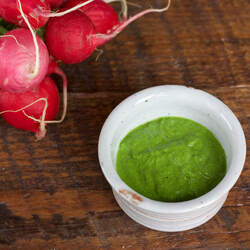
- Make a simple Veggie Pesto with leftover green tops.
- Toast stale bread or cereal and use as breadcrumbs.
- Wash potatoes well with a veggie brush, and then eat the skins.
- Compost the skins of other fruits and veggies to help perk up plants. Learn how to compost here.
- Don’t be scared of bruised fruit! Cut off the brown parts, the rest is usually delicious. Brown bananas are especially tasty when frozen and used in a smoothie like this Mango Banana Smoothie.
Explore Foods in All Forms
When using canned foods, keep in mind they tend to be high in sodium (salt). Look for reduced sodium canned soups and vegetables. Rinse canned foods like tuna or vegetables to remove the extra sodium in the brine. Choose canned or jarred fruits without added sugar, and rinse those options as well to cut back on the sugar.
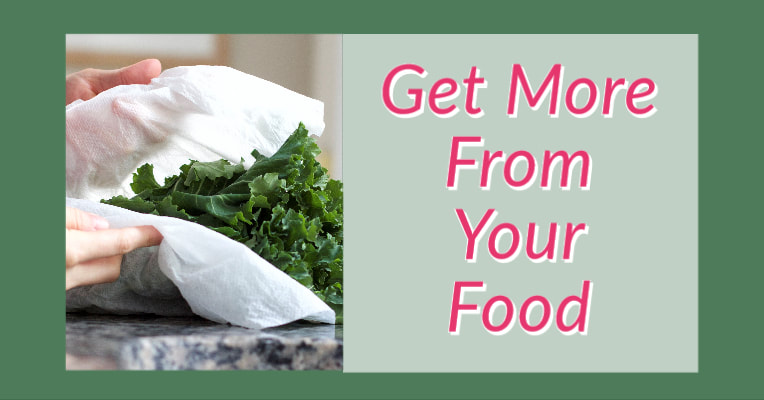

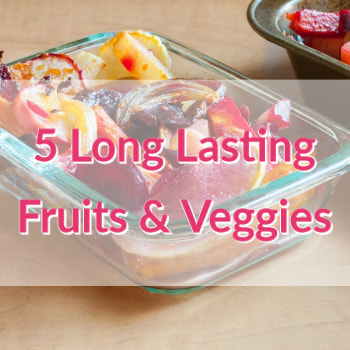
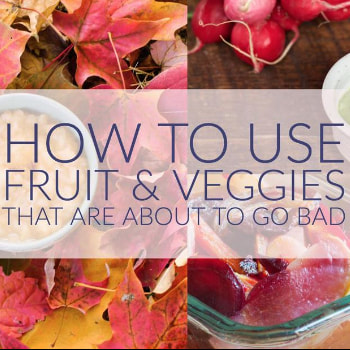

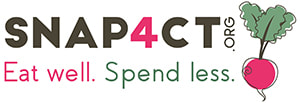
 RSS Feed
RSS Feed

